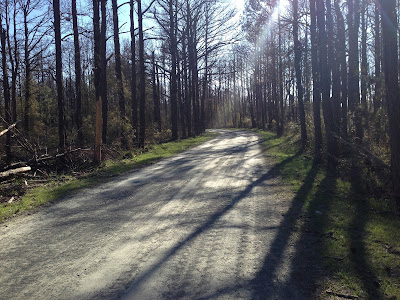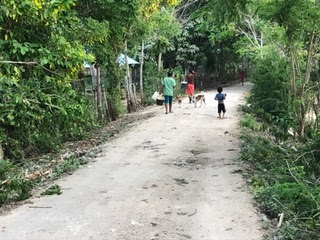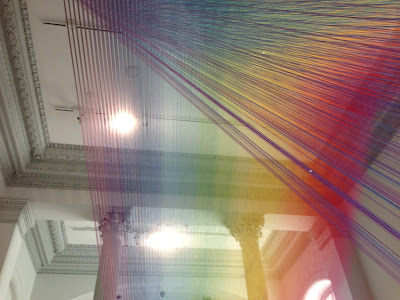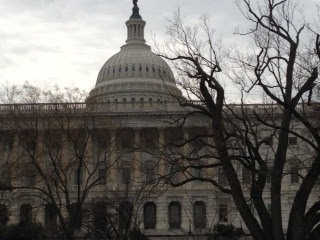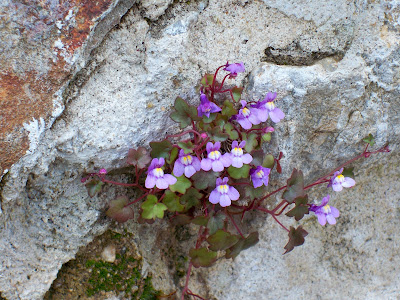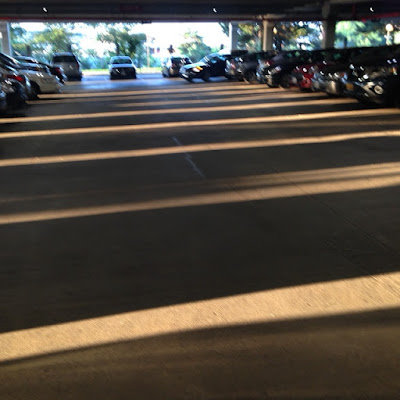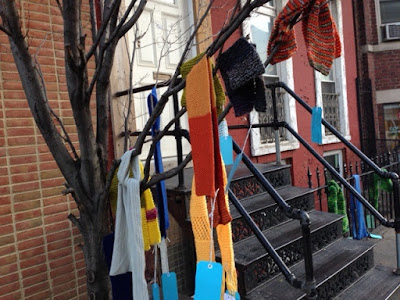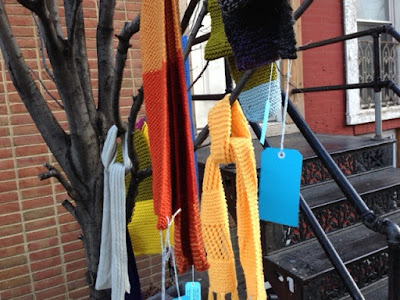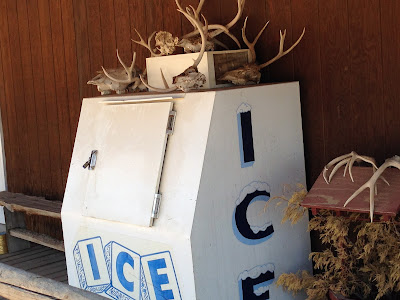Winter Bounty
This morning as I was making tea (in the daylight, for a change), I happened to look out the window as the rising sun struck the top of the oaks and drenched them in pale light. It was a simple moment but a lovely one.
Winter helps me see more clearly. It strips away pretense, withers it and blows it away. It leaves behind only the most essential.
This is a thought I often have this time of year, but for some reason this morning it hit me how it’s in thinning, in pruning — in loss — that we realize our bounty.
It’s hard if not impossible to see the structure, the underlying architecture, when it’s covered over and plumped up. But when all is laid bare and worn down — then we can see.
